
We consider the problem of restoring images degraded by blurring and impulsive noise (e.g. salt-and-pepper noise). It is well known that for such noise models, an ℓ1 data-fitting term is more robust than standard ℓ2 terms, while edges in the image are better preserved by a total variation penalty. The aim is to develop fast methods for solving the resulting non-smooth minimization problem, which can be implemented on graphics processing units (GPUs).
Given a blurring operator K, a noisy and blurred pixel-valued image f ∈ ℝn×m and α > 0, we wish to find a solution u ∈ ℝn×m of the ℓ1-TV minimization problem
 | (1) |
We introduce for μ > 0 the following splitting of (1):
 | (2) |
and use Fenchel duality to find the dual problem of (2),
 |
This is a quadratic minimization problem with convex constraints, which can be solved efficiently by applying an Arrow-Hurwicz type algorithm. Specifically, the equality constraint is treated via an augmented Lagrangian approach, and the resulting box-constrained saddle point problem is solved using a projected extrapolated gradient algorithm. A continuation strategy for μ → 0 is then used to find an approximate solution of the ℓ1-TV problem (1).
We show results for denoising (K = I, identity operator) of a 2048 × 2048 scanning transmission electron microscopy (STEM) image of a lingual nerve, where 30% of the data was corrupted by random-valued noise. In a reference MATLAB implementation, the CPU time for the reconstruction was 180 seconds.
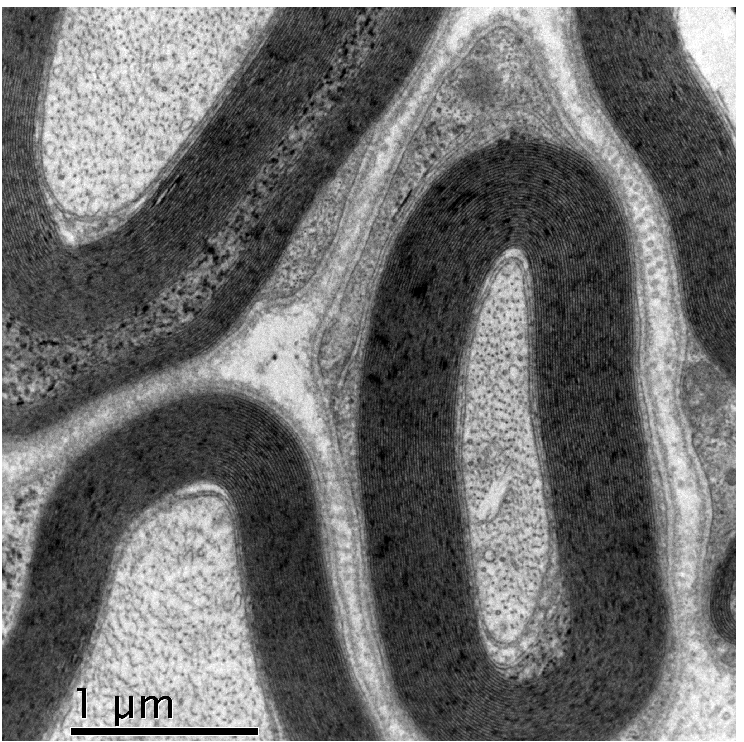 |
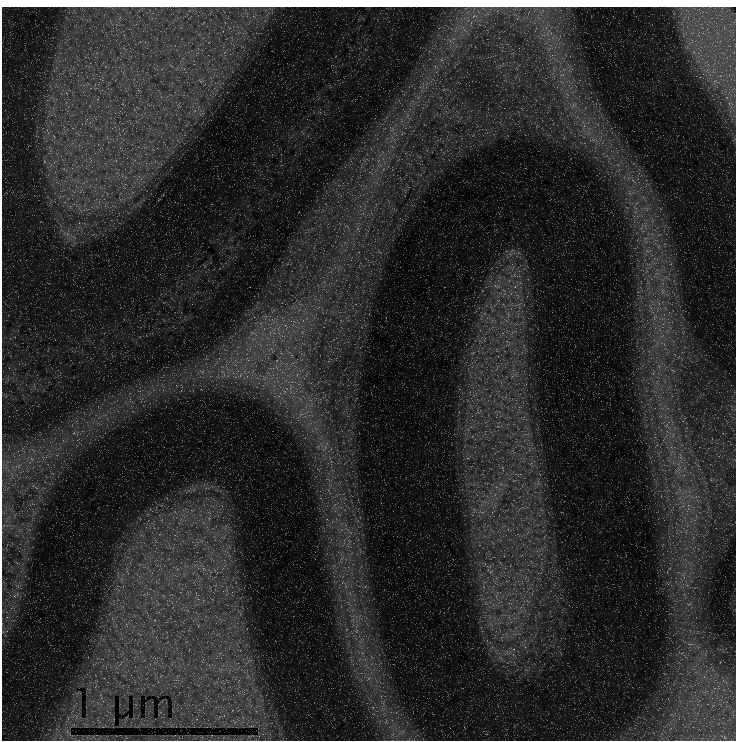 |
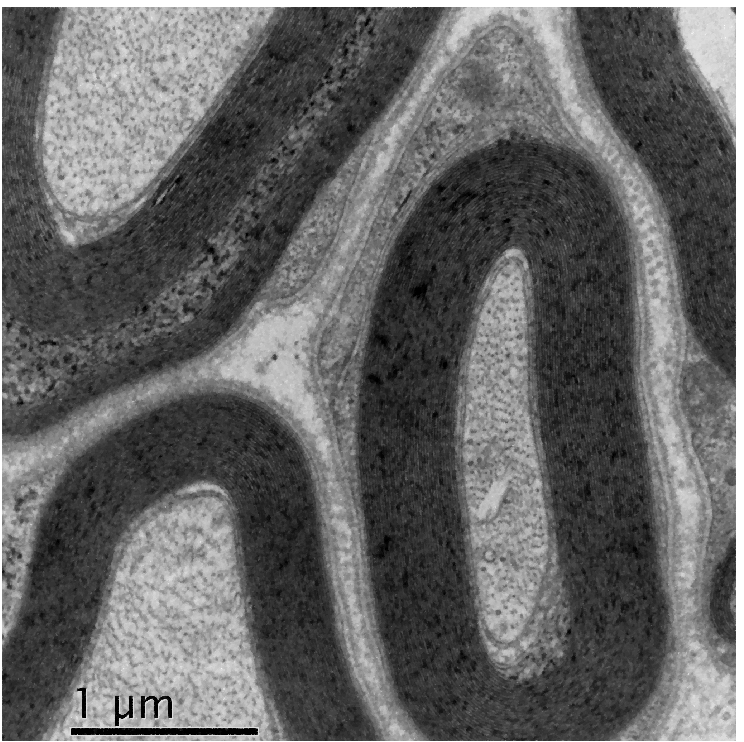 |
| (d) true image
|
(e) noisy image |
(f) restoration
|
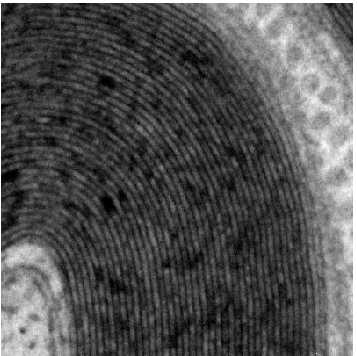 |
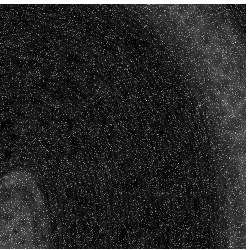 |
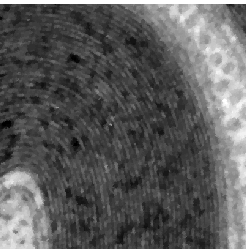 |
| (d) true image (detail)
|
(e) noisy image (detail)
|
(f) restoration (detail)
|
Reference: A duality-based splitting method for l1-TV image restoration with automatic regularization parameter choice, submitted (preprint and Matlab code)